Engaging with stakeholders on our material issues
Listening and responding to our priority stakeholders is a core part of our sustainability management approach. These stakeholders are the people who affect our business or who are affected by it.
The feedback we receive from these stakeholders helps us to understand their expectations and prioritise issues effectively. This informs our overall sustainability approach and our ability to deliver against shared sustainability goals.
We have identified six stakeholder groups: Customers, Suppliers, Employees, Owners and Investors, Local communities, Public and Regulatory Agencies, which are currently of primary importance to our sustainability approach.
Our Progress Review highlights examples of how we have engaged with these key stakeholders on the topics most material to them.
Materiality matrix 2018
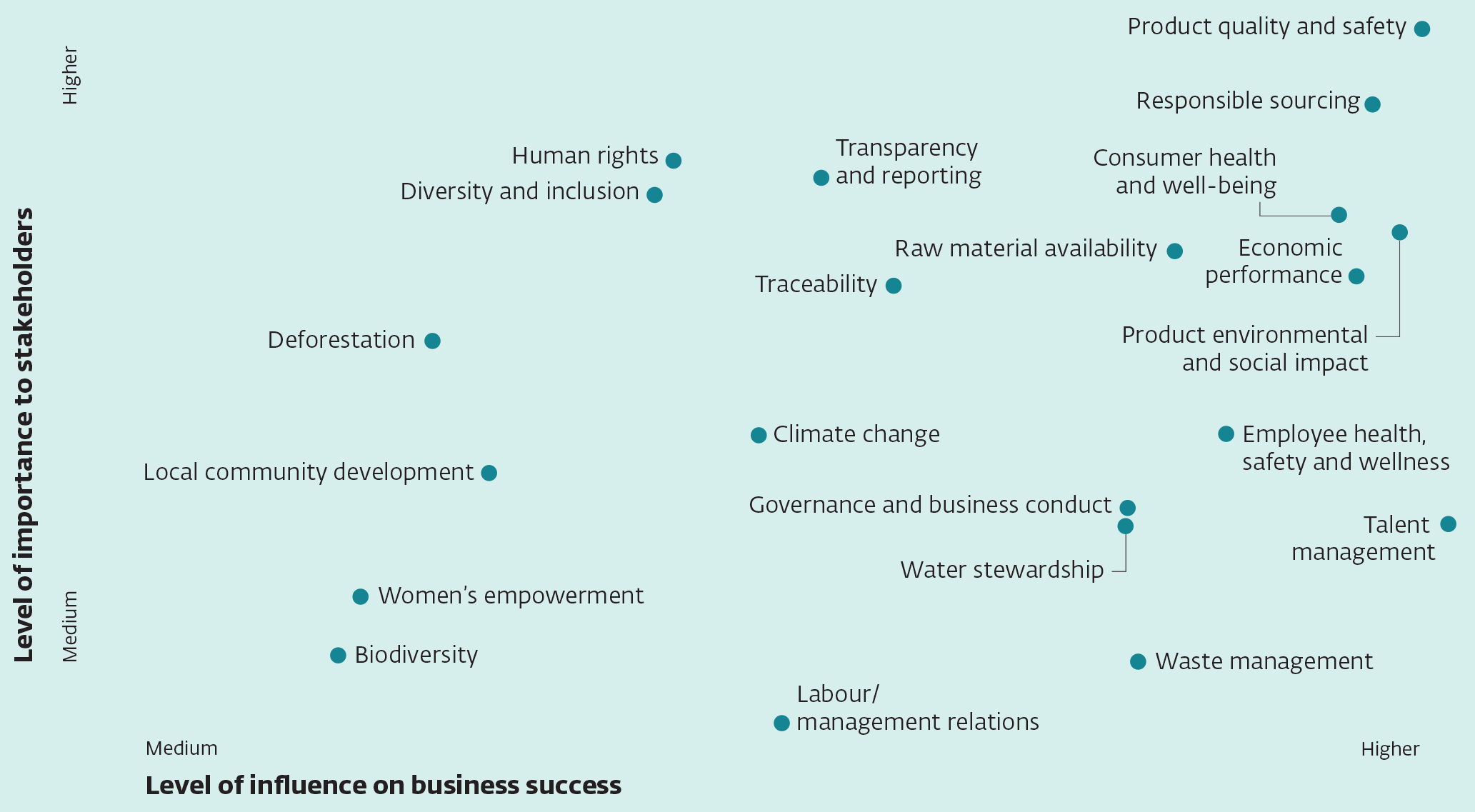
Materiality matrix: glossary of material issues and SDG(s) directly supported
Biodiversity
Contributing to the preservation of biodiversity along Givaudan's value chain.

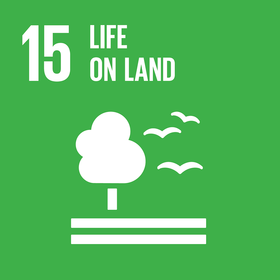

Climate change
Mitigating effects on climate change along Givaudan's value chain by reducing emissions and adapting our capabilities.
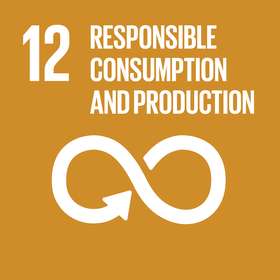
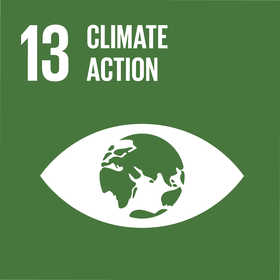
Consumer health and wellbeing
Developing products and services that promote the health and well-being of people as they experience our ingredients in every-day consumer products.

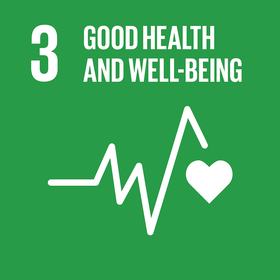
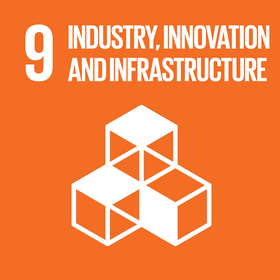

Deforestation
Identifying raw materials linked to deforestation and collaborating with suppliers and other key partners to avoid deforestation along Givaudan’s supply chain.




Having a balanced workforce which reflects the societies in which Givaudan operates, including efforts to eliminate all discrimination and to ensure the opportunity for people from all backgrounds to succeed.
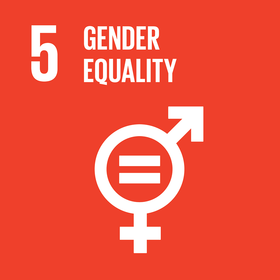
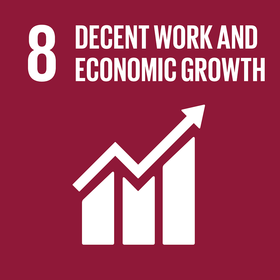

Economic performance
Operating a profitable business model for the long-term viability of the Company.


Employee health, safety and wellness
Providing a safe and healthy working environment and encouraging responsible employee behaviours.


Governance and business conduct
Ensuring business practices are in alignment with international standards, local laws and Givaudan standards in countries of operation. Safeguarding the effective functioning of the governing bodies of Givaudan.
Human rights
Ensuring that Givaudan respects human rights by acting with due diligence, as defined in the UN Guiding Principles on Business and Human Rights.




Labour/management relations
Fostering collaborative labour relations with employees and employee elected representatives.

Local community development
Recognising and supporting the broader development goals of local communities where Givaudan operates in and sources from.




Product environmental and societal impact
Optimising the impact of our products within our whole supply chain, in the way they are designed, manufactured and ultimately used by the consumer, both in terms of environmental impact and ability to positively affect societal issues.


Product quality and safety
Ensure our products are safe and comply with all applicable laws, regulations as well as customer requirements.


Raw material availability
Ensuring a stable supply of raw materials used in Givaudan's products.



Responsible sourcing
Fostering compliance with high standards in health, safety, social, environmental and business integrity in the way we source.




Talent management
Effectively recruiting, developing, engaging, deploying and retaining a balanced workforce that meets future business imperatives.



Traceability
Understanding the supply chain and tracing the provenance of raw materials we use from their origin to the final formulation.


Transparency and reporting
Disclosing an adequate level of information and data in alignment with recognised frameworks and in compliance with local laws and regulations.

Waste management
Pursuing a culture of waste elimination by adequately managing all Givaudan's waste streams.

Water stewardship
Optimising the use of intake water and ensuring the quality of discharged water. Assessing and addressing water risks at owned operations and in our supply chain.
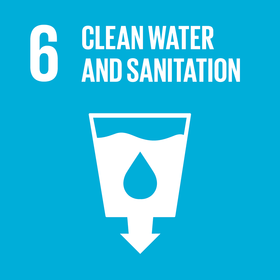


Women’s empowerment
Implementing policies and programmes that are consistent with promoting equal opportunities for all.



Stakeholder engagement
The table below shows our key stakeholder groups along with some of the ways in which we interact with them and the topics which interest them.
| Stakeholder | Dialogue channel | Key topics |
|---|---|---|
| Customers |
|
|
| Suppliers |
|
|
| Employees |
|
|
| Owners and investors |
|
|
| Local communities |
|
|
|
|
|
|